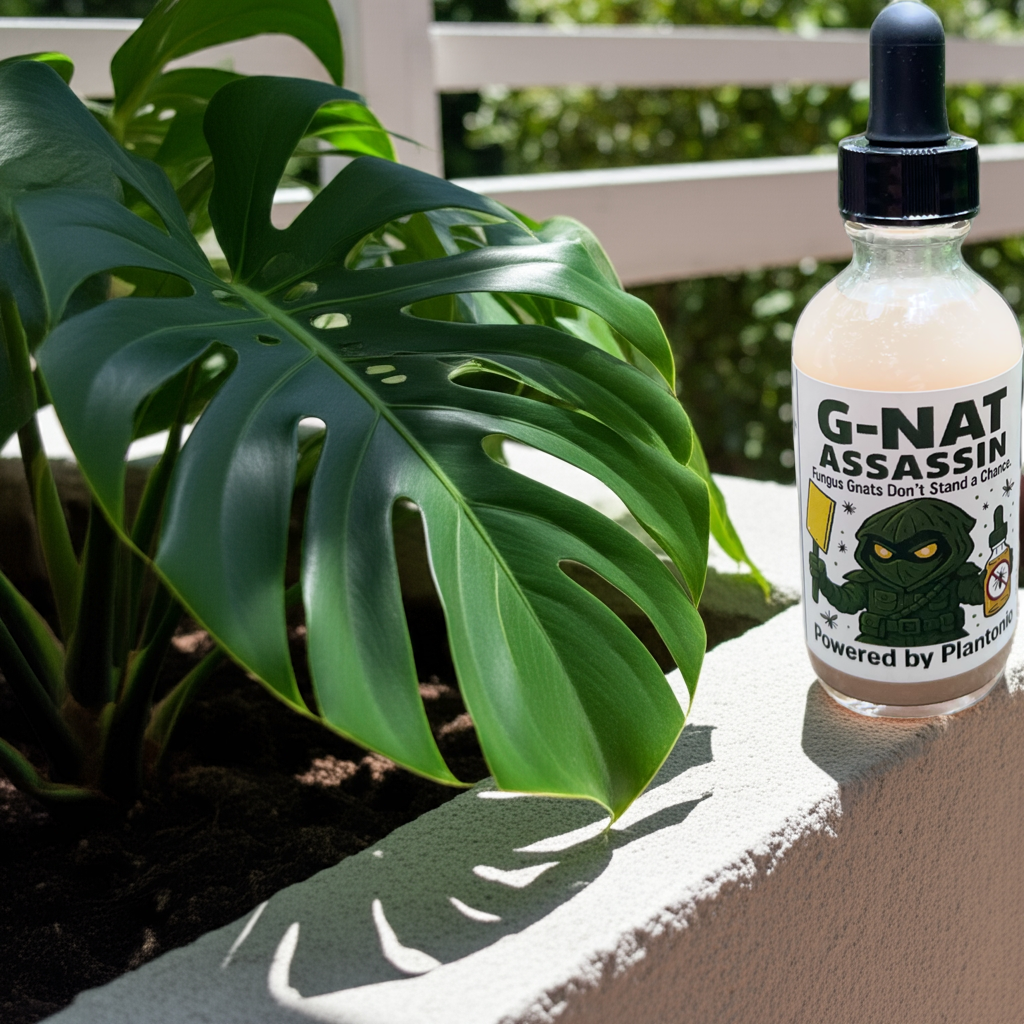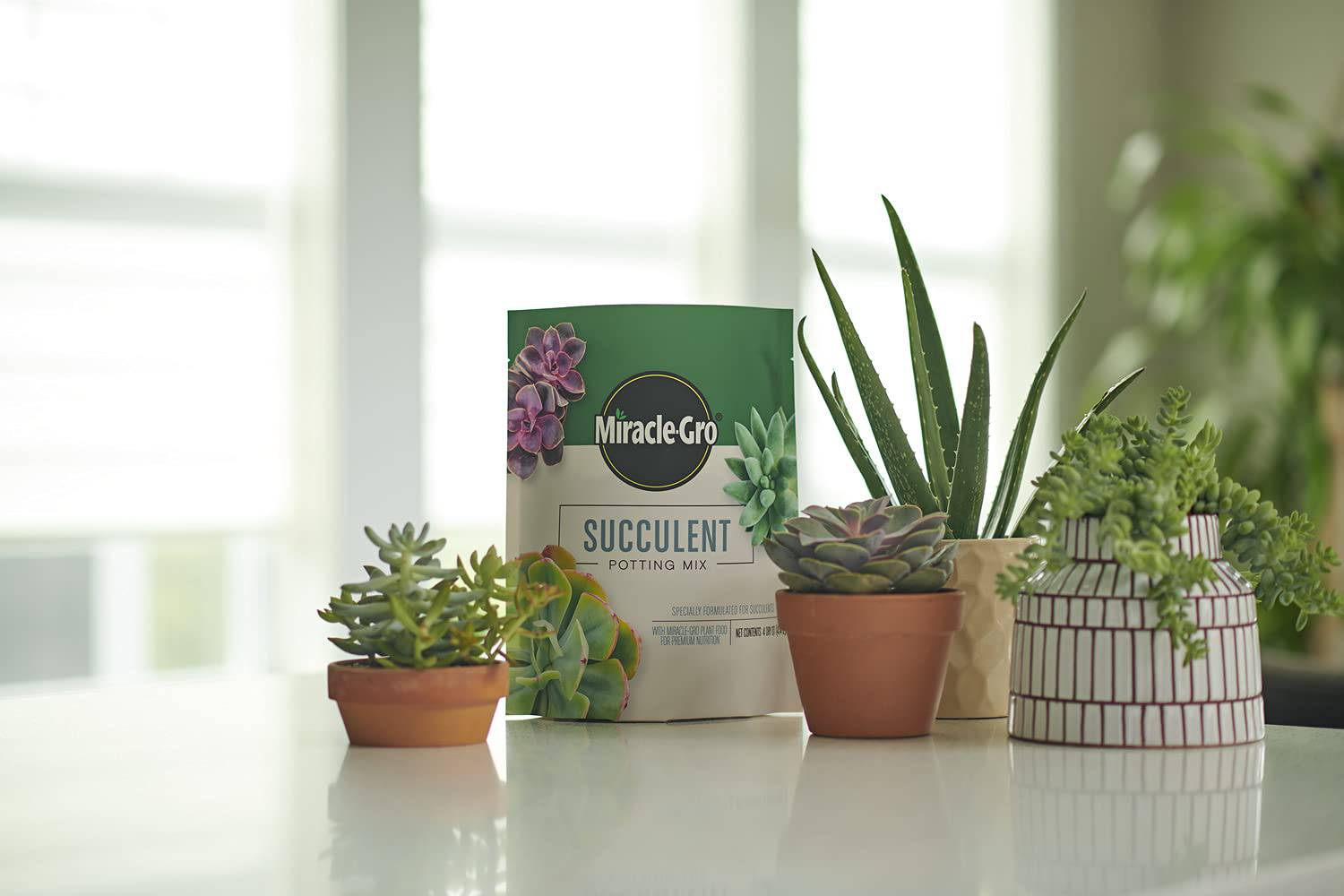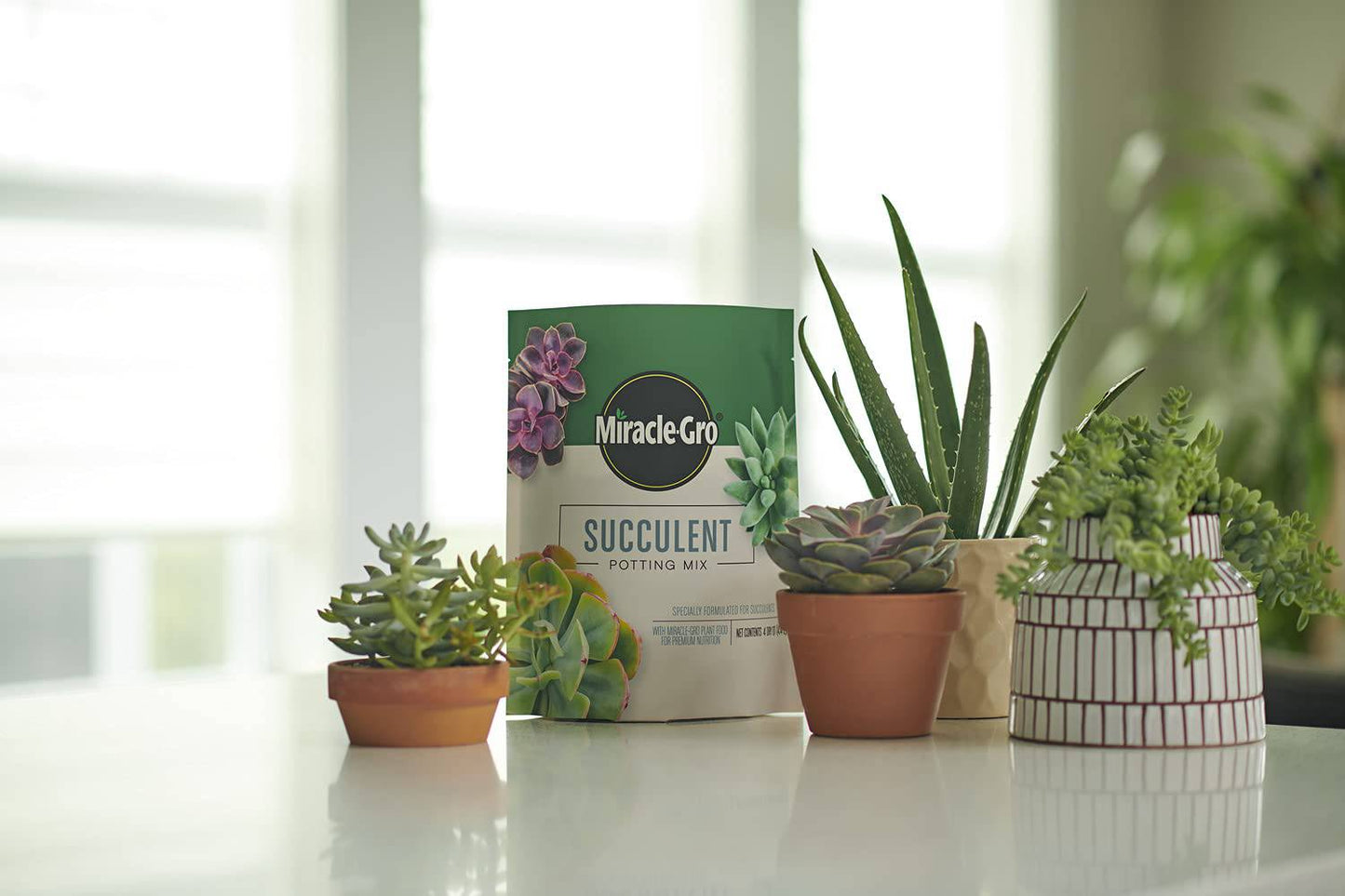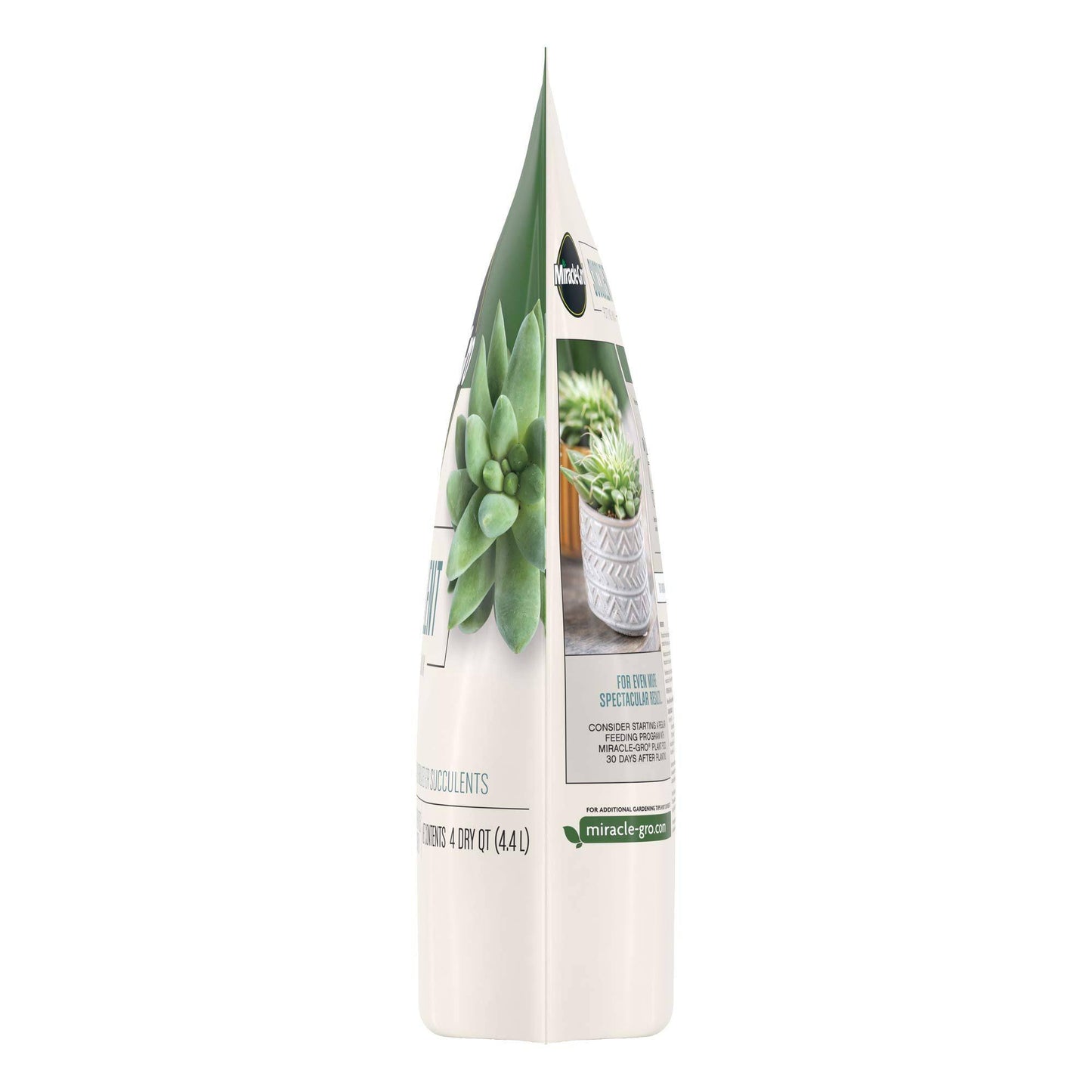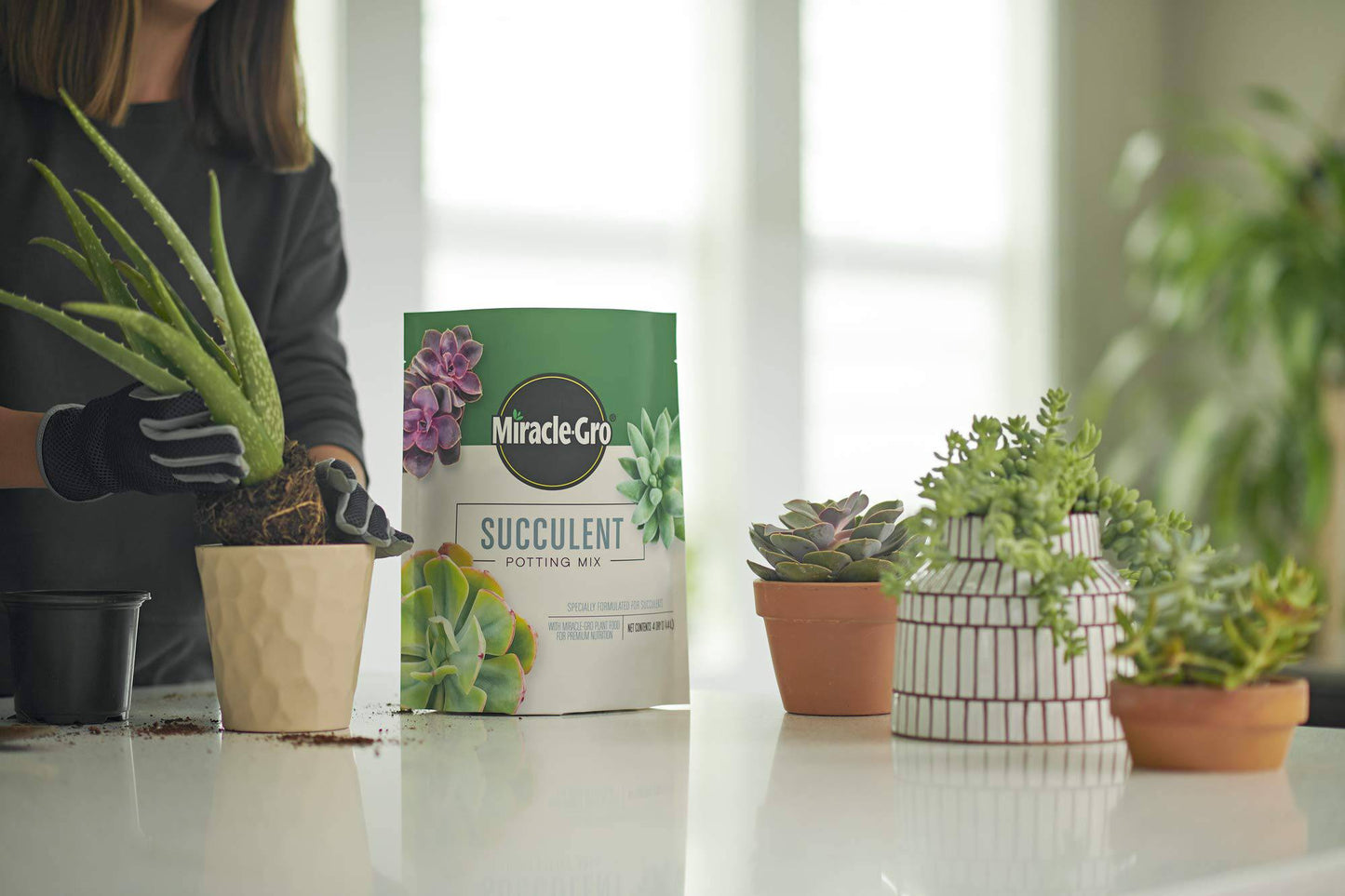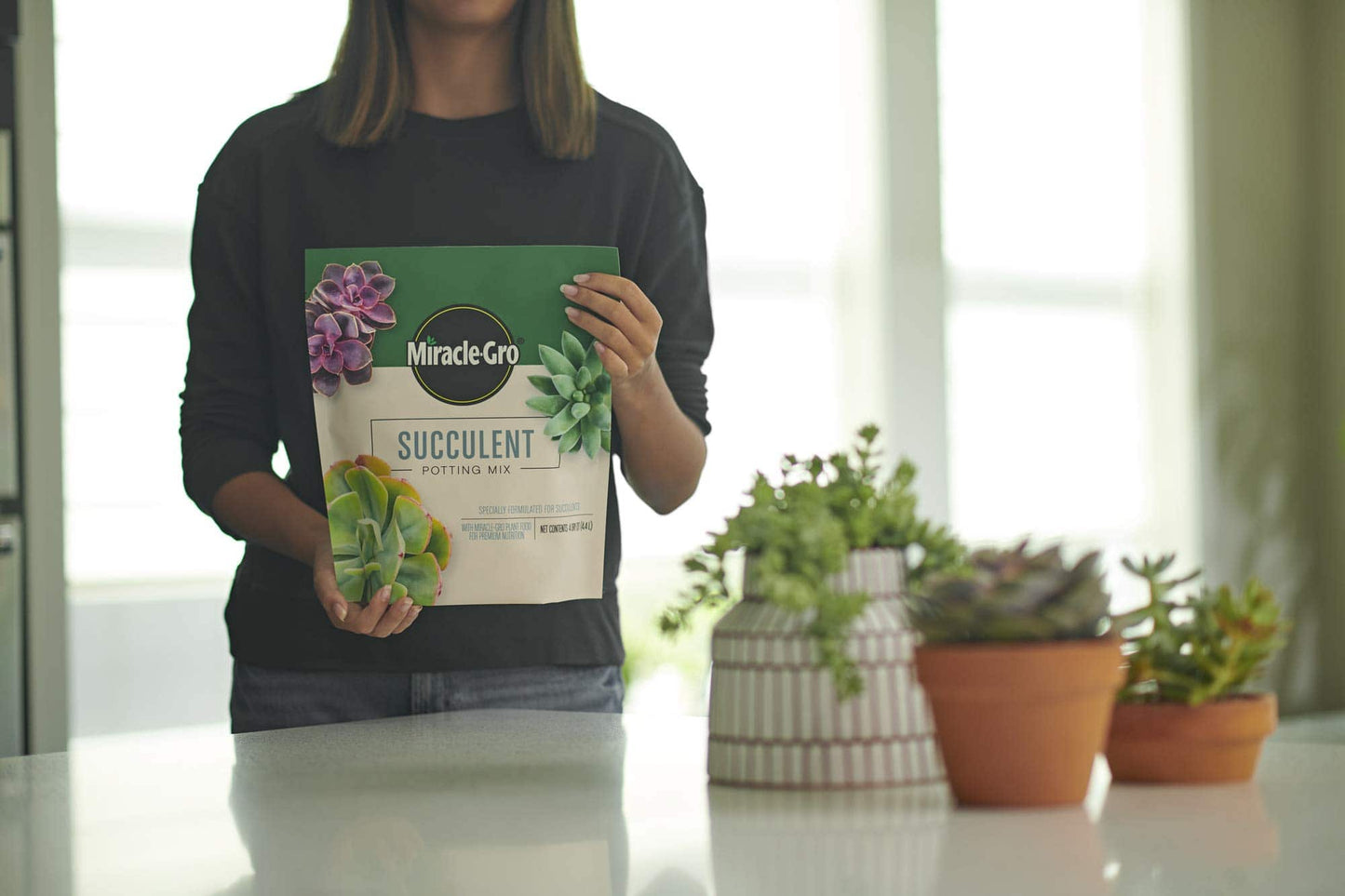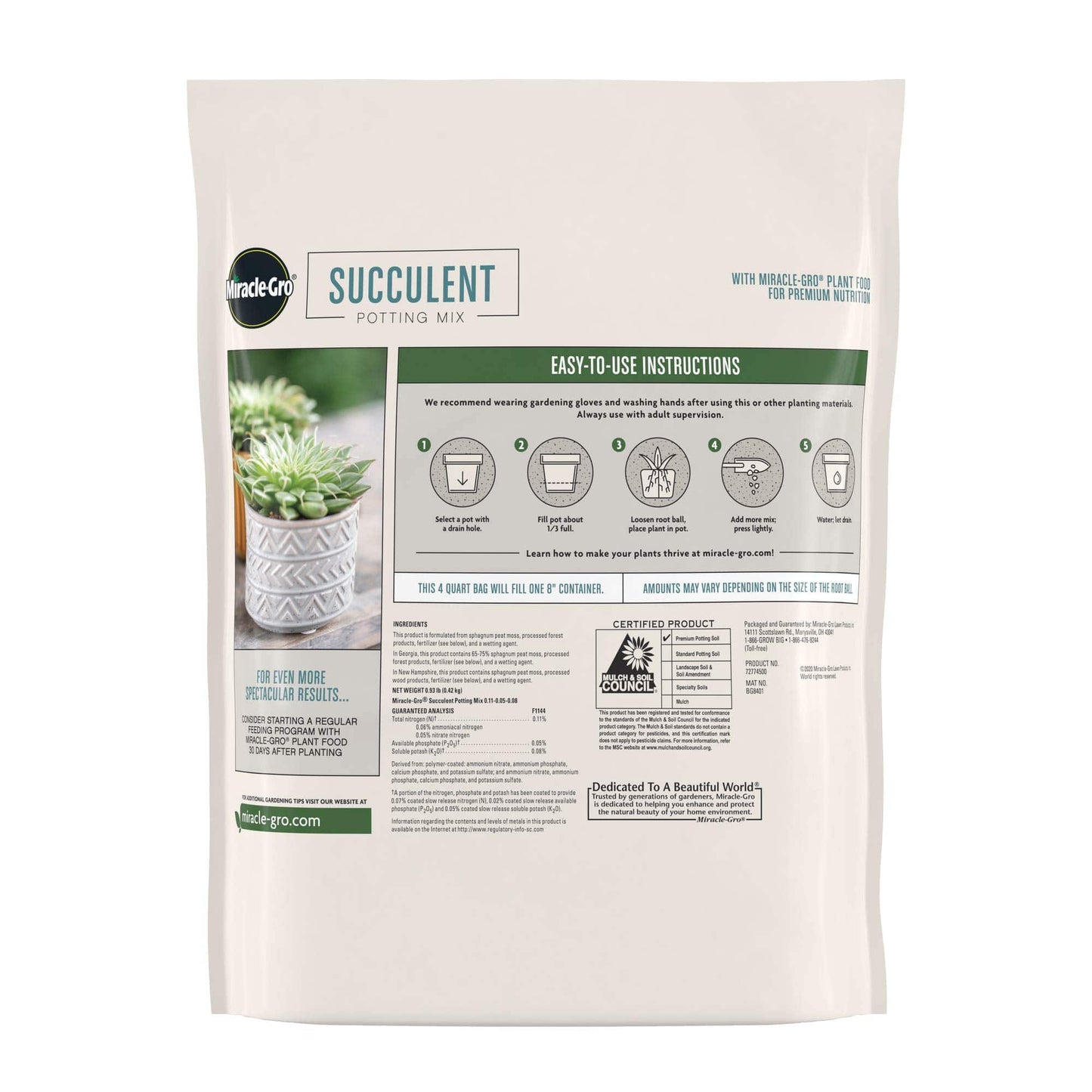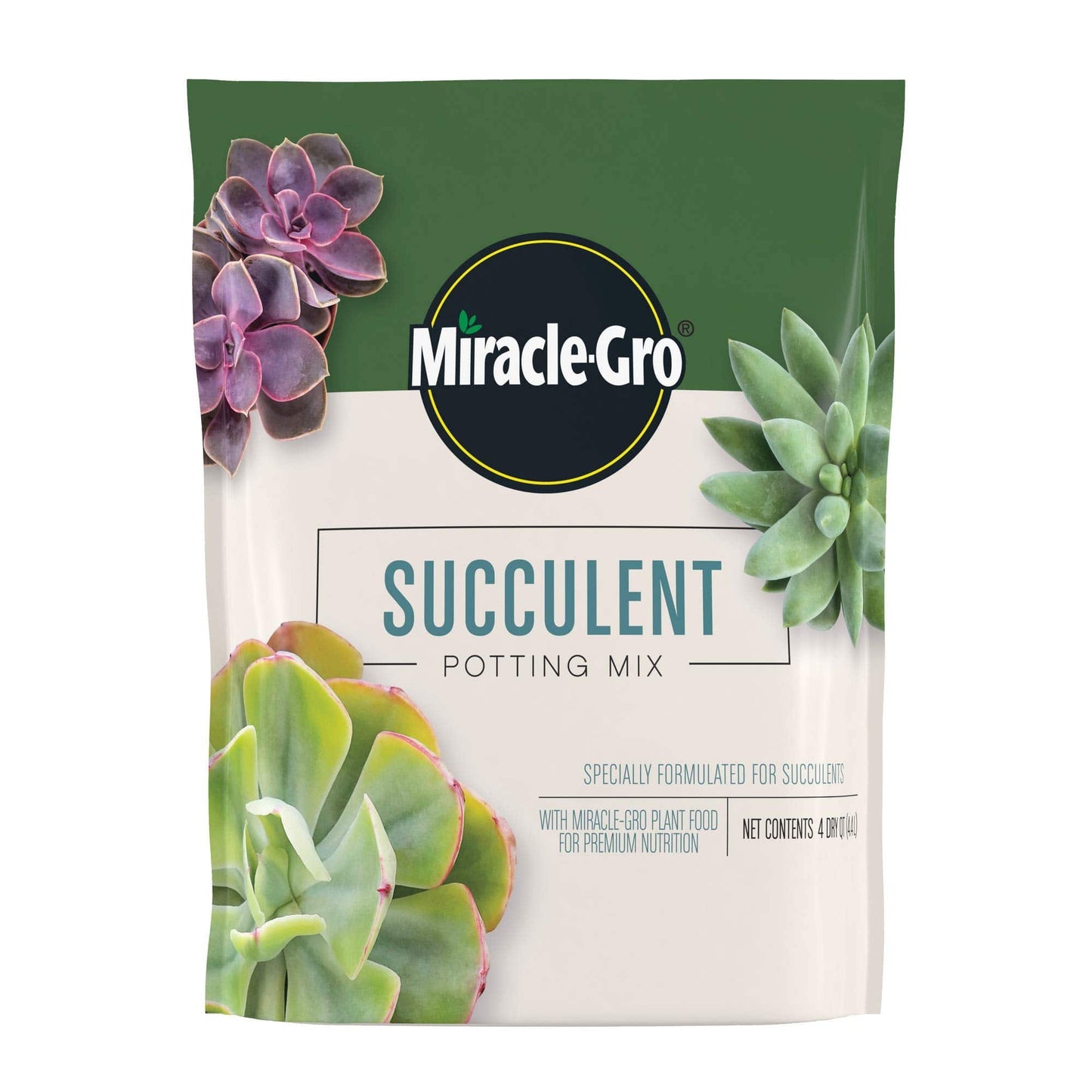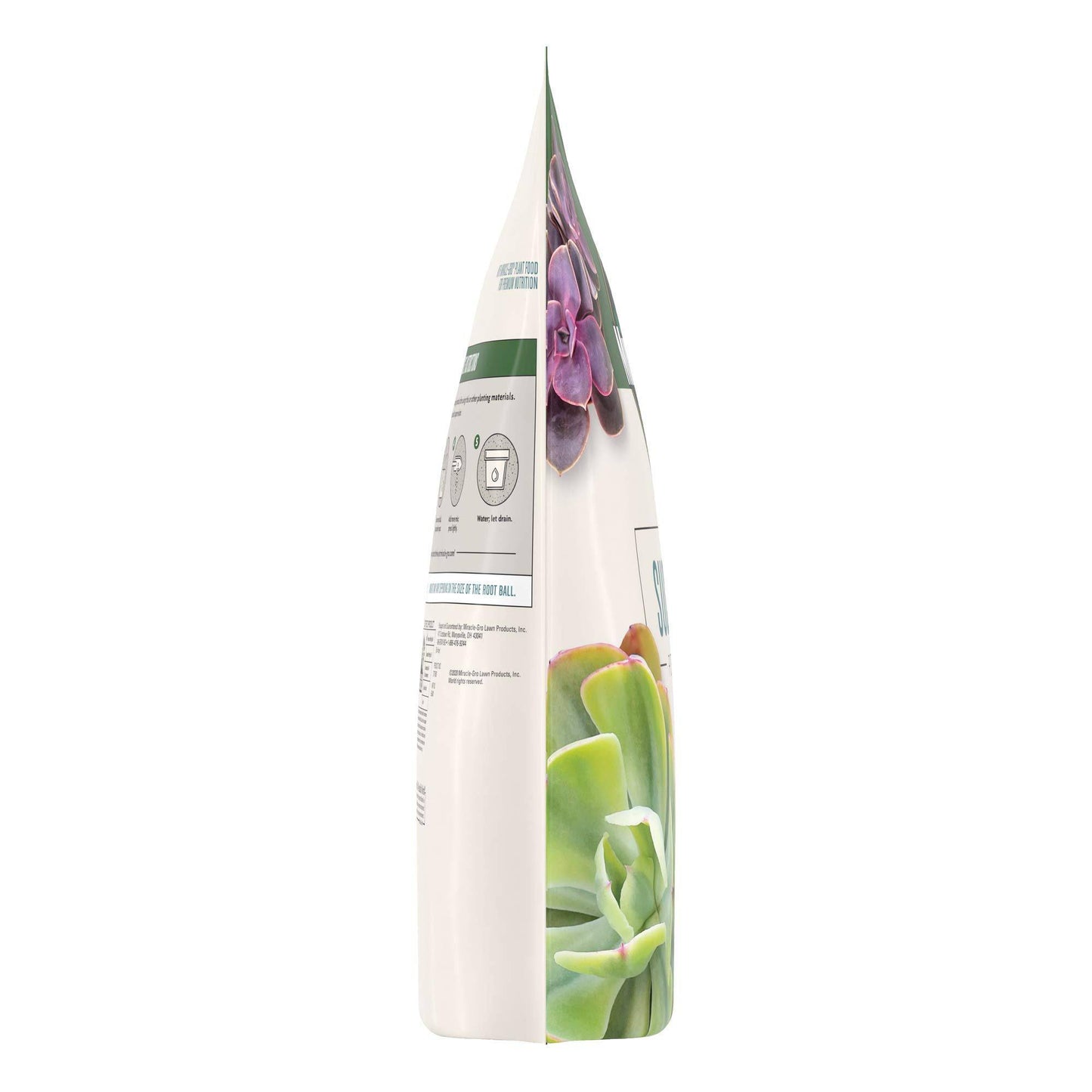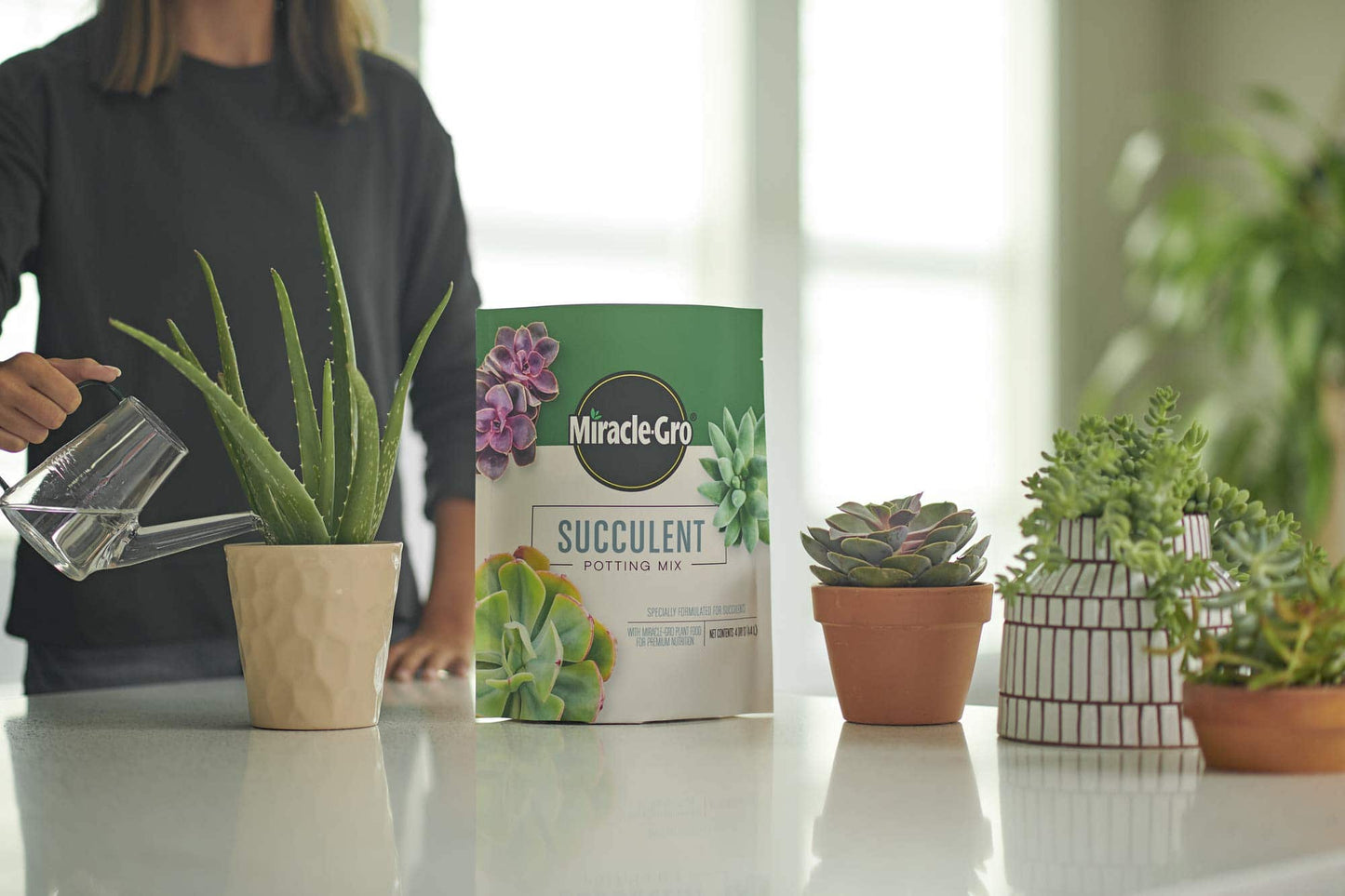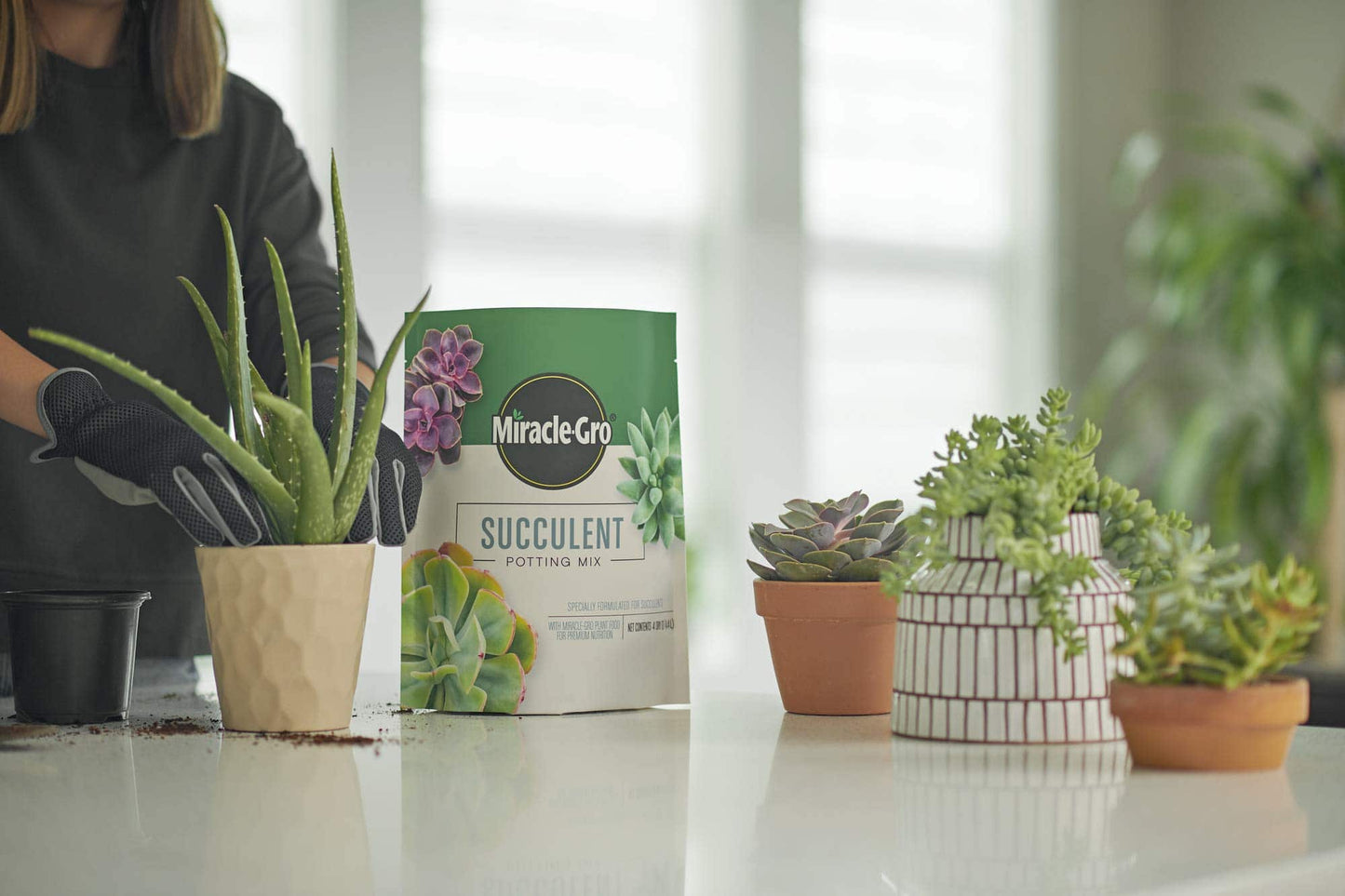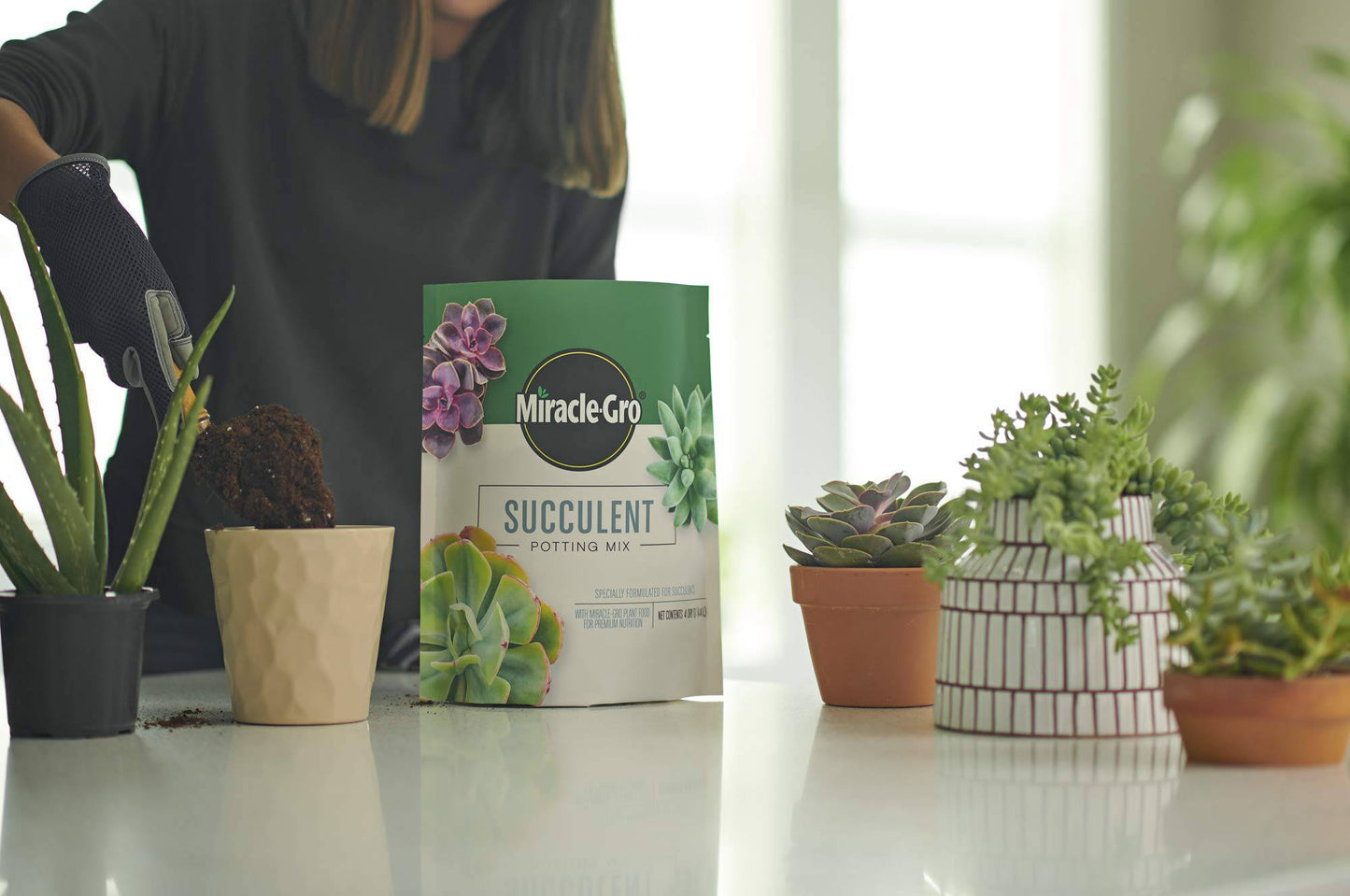Indoor spaces with limited natural light pose a common challenge for plant enthusiasts, but fret not – the solution lies in discovering the best indoor plants for low light. Whether you're a busy professional looking to green up your workspace or a homeowner seeking to breathe life into a shady corner, these resilient and vibrant plants are here to transform your environment. Explore a green oasis where sunlight is scarce but the beauty and benefits of indoor plants shine bright.
Benefits of Low Light Indoor Plants:
Peace Lily (Spathiphyllum)
Introduction:Low-light spaces often pose a challenge when it comes to plant care. However, there are several indoor plants that thrive in such conditions, adding greenery and vitality to your home or office. One such plant is the Peace Lily, known for its elegant white blooms and air-purifying qualities.
Benefits of Peace Lily:
Thrives in low light environments, making it ideal for spaces with limited sunlight.
Acts as a natural air purifier, removing toxins like formaldehyde and benzene from the air.
Easy to care for and requires minimal maintenance, perfect for busy individuals.
Adds a touch of elegance with its glossy green leaves and delicate flowers.
How to Care for Peace Lily:
Water moderately, allowing the soil to dry out slightly between waterings.
Avoid direct sunlight to prevent leaf burn; low to medium light is optimal.
Regularly mist the leaves to maintain humidity levels.
Fertilize occasionally during the growing season to promote healthy growth.
Decorating with Peace Lily:
Place in a shaded corner or on a tabletop away from direct sunlight.
Pair with other low light plants like Snake Plants and ZZ Plants for a lush display.
Choose decorative pots or planters that complement the plant's elegant appearance.
Creating a Relaxing Atmosphere with Peace Lily:
Incorporate Peace Lilies in your bedroom or workspace for a calming effect.
Consider adding a small fountain or water feature to enhance the relaxing ambiance.
Use the plant's air-purifying qualities to improve indoor air quality and promote well-being.
For more tips on incorporating Peace Lilies into your low light space, check out The Sill's guide to low light plants.
Top 5 Best Indoor Plants for Low Light:
Snake Plant (Sansevieria)
Overview:When it comes to low light indoor plants, the Snake Plant stands out for its adaptability and striking upright leaves. Also known as Mother-in-Law's Tongue, this plant is a favorite for beginners and experienced plant enthusiasts alike.
Benefits of Snake Plant:
Thrives in low light conditions, making it perfect for offices or rooms with limited sunlight.
Requires minimal watering and maintenance, making it an excellent choice for busy individuals.
Air-purifying qualities help remove toxins like formaldehyde and benzene from indoor air.
Varied leaf patterns and colors add visual interest to any space.
How to Care for Snake Plant:
Water sparingly, allowing the soil to dry out completely between waterings.
Place in indirect sunlight or low light areas to prevent leaf scorching.
Avoid overwatering as this can cause root rot; well-draining soil is essential.
Wipe the leaves regularly to keep them free from dust and maintain their health.
Decorating with Snake Plant:
Display in modern planters or stands to complement its sleek, architectural appearance.
Create a minimalist corner with a grouping of Snake Plants in various sizes.
Pair with textured or trailing plants like Pothos or Spider Plants for a dynamic display.
Creating a Relaxing Atmosphere with Snake Plant:
Position Snake Plants in bedrooms or living rooms to promote tranquility and relaxation.
Combine with soft lighting and cozy textiles for a cozy ambiance.
Use Snake Plants in home offices to enhance focus and productivity.
To learn more about caring for Snake Plants and other low light options, visit The Home Depot's guide to indoor plants.
Spider Plant (Chlorophytum comosum)
Overview:The Spider Plant is a popular choice for low light environments due to its resilience and charming arching leaves, resembling spider legs. This plant, also known as Airplane Plant, is an excellent addition to any indoor space, adding freshness and visual appeal.
Benefits of Spider Plant:
Thrives in low to moderate light conditions, making it suitable for various indoor settings.
Easy to care for and propagate, making it ideal for beginners and experienced plant owners.
Known for its air-purifying qualities, removing toxins and improving indoor air quality.
Features variegated foliage that adds a pop of green and white to any room.
How to Care for Spider Plant:
Water moderately, ensuring the soil is evenly moist but not waterlogged.
Place in indirect sunlight or low light locations to prevent leaf scorching.
Trim faded or browning leaves to encourage new growth and maintain appearance.
Regularly check for spiderettes (baby spider plants) and propagate as desired.
Decorating with Spider Plant:
Hang Spider Plants in macrame hangers to elevate your space with a bohemian touch.
Create a green corner by combining Spider Plants with other low light varieties like Peace Lilies.
Display in stylish plant stands or shelves to showcase the plant's cascading foliage.
Creating a Relaxing Atmosphere with Spider Plant:
Position Spider Plants in bathrooms or kitchens to benefit from their air-purifying properties.
Pair with essential oil diffusers or scented candles for a soothing sensory experience.
Use Spider Plants in workspaces to enhance creativity and reduce stress levels.
For more tips on caring for Spider Plants and creating a serene environment with low light indoor plants, explore The Spruce's guide to indoor gardening.
Pothos (Epipremnum aureum)
Overview:Pothos, also known as Devil's Ivy, is a versatile and low-maintenance indoor plant that thrives in low light conditions. Its heart-shaped leaves and trailing vines make it a popular choice for adding a touch of greenery to any room, even where natural light is limited.
Benefits of Pothos:
Well-suited for low light environments, including offices, bathrooms, or north-facing rooms.
Easy to care for and tolerant of occasional neglect, perfect for beginners.
Excellent air-purifying qualities, helping to remove harmful toxins from the air.
Varied leaf colors and patterns offer aesthetic versatility for different decor styles.
How to Care for Pothos:
Water when the top inch of soil feels dry, ensuring not to overwater to prevent root rot.
Position in indirect sunlight or low light areas to avoid sunburn on the leaves.
Trim leggy vines to encourage bushier growth and maintain a compact shape.
Keep the leaves dust-free by gently wiping them with a damp cloth periodically.
Decorating with Pothos:
Hang Pothos in decorative macrame hangers to create a boho-chic vibe in your space.
Place in hanging baskets or on shelves to showcase the plant's cascading vines.
Pair with other low light plants like Snake Plants or Peace Lilies for a lush display.
Creating a Relaxing Atmosphere with Pothos:
Position Pothos in bedrooms or reading nooks to promote relaxation and tranquility.
Combine with scented candles or essential oil diffusers for a calming ambiance.
Use Pothos in home offices to bring a touch of nature indoors and reduce stress levels.
To discover more about caring for Pothos and incorporating it into your low light space, visit Gardener's Supply Company's guide to indoor plants.
Fern (Nephrolepis exaltata)
Overview:Ferns are a classic choice for adding greenery to low light spaces, with their lush, feathery fronds adding a touch of elegance to any room. These versatile plants are well-adapted to indoor environments with minimal natural light.
Benefits of Fern:
Flourishes in low light conditions, making it suitable for rooms with few windows or shaded areas.
Adds a tropical and botanical feel to interiors, creating a soothing and tranquil atmosphere.
Helps to increase indoor humidity levels, benefiting both the plants and human occupants.
Available in various fern varieties, each with its unique foliage texture and growth habit.
How to Care for Fern:
Keep the soil consistently moist but not waterlogged to prevent root rot.
Place in indirect sunlight or low light spots, avoiding direct sun exposure that can scorch the leaves.
Mist the fronds regularly or use a humidifier to maintain the necessary moisture levels.
Prune brown or yellowing fronds to encourage new growth and maintain appearance.
Decorating with Fern:
Display ferns in hanging baskets or on plant stands to showcase their cascading foliage.
Incorporate ferns into terrariums or botanical displays for a green focal point.
Pair with other humidity-loving plants like Calathea or Maranta for a lush green corner.
Creating a Relaxing Atmosphere with Fern:
Position ferns in bathrooms or kitchens to benefit from their air-purifying qualities and humidity-loving nature.
Combine with natural wood elements and soft textiles for a cozy and inviting space.
Use ferns in bedrooms or reading areas to promote restful sleep and relaxation.
For more insights on caring for ferns and creating a serene atmosphere with low light plants, explore Burpee's guide to growing ferns indoors.
FAQ
Q: Can indoor plants survive in low light conditions?A: Yes, there are several indoor plants that can thrive in low light environments, such as Snake Plants, Pothos, and ZZ Plants. These plants have adapted to survive and even thrive with minimal sunlight.
Q: How often should I water low light indoor plants?A: The watering frequency for low light indoor plants depends on factors like humidity levels, temperature, and plant type. Typically, it's best to allow the soil to dry out slightly between waterings to prevent overwatering.
Q: Do low light indoor plants require fertilizer?A: While low light indoor plants are generally low maintenance, they can benefit from occasional fertilization during the growing season to promote healthy growth. Use a balanced, diluted fertilizer to avoid over-fertilization.
Q: Are there low light indoor plants that can help improve indoor air quality?A: Yes, several low light indoor plants, such as Peace Lilies, Spider Plants, and Ferns, are known for their air-purifying properties. These plants can help remove toxins and improve the overall air quality in indoor spaces.
Q: How can I prevent common issues like yellowing leaves in low light indoor plants?A: To prevent yellowing leaves in low light indoor plants, ensure proper watering practices, avoid direct sunlight exposure, and periodically check for pests. Maintaining optimal care conditions can help keep your plants healthy and vibrant.


